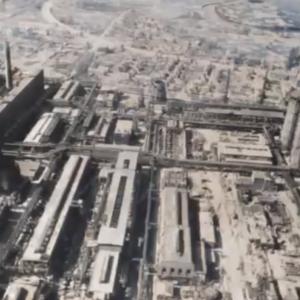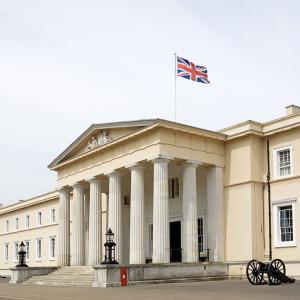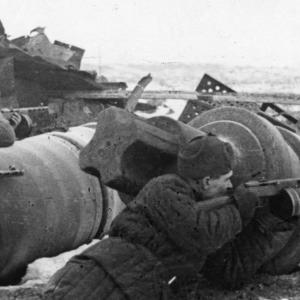
Sandhurst
Sandhurst is the British Army’s officer training centre. It sits on the Berkshire–Surrey border, with its ceremonial frontage towards Camberley and its main campus at Sandhurst. The modern Royal Military Academy Sandhurst was officially created in 1947. It was formed by merging two earlier establishments: the Royal Military College at Sandhurst (which trained infantry and cavalry officers) and the Royal Military Academy Woolwich (which trained gunners and engineers). The first Sovereign’s Parade of the new unified academy took place in July 1948, in front of King George VI.
The idea behind Sandhurst goes right back to the turmoil of the wars with Revolutionary France. A cavalry officer, John Gaspard Le Marchant, became convinced that the British Army needed an organised, professional officer training system. Until then, officers were largely selected socially and “picked it up as they went along”. Le Marchant created a plan for a military college with formal instruction. The Royal Military College was founded in 1801. In 1802 the junior department opened at Great Marlow to train “gentleman cadets” for the infantry and cavalry including those who would go on to serve in East India Company armies. In 1812, the junior department moved into newly built facilities at Sandhurst. Le Marchant became the first Lieutenant-Governor of the College, though he was killed in action later that year.
Those first cadets were trained by serving officers and highly experienced sergeants. That characteristic has never changed. Sandhurst has always relied on senior non-commissioned officers as instructors and mentors. The purpose of the system from the start has been to produce young platoon commanders who are educated, fit, disciplined, tactically competent, and above all morally grounded. The academy motto “Serve to Lead” expresses the heart of the philosophy.
The academy today trains all British Army officers, both regular and reserve. It also trains officers from foreign armies and has had cadets from more than a hundred countries. Over the two centuries since its beginnings, huge numbers have passed through the system; every British officer since 1947 has been a Sandhurst graduate. Many alumni are well known, but most are simply the ordinary lieutenants who carry the real work of leadership in barracks and on operations.
Life at Sandhurst is fully residential. Cadets live on site for the entire commissioning course. The current course for regular army cadets is 44 weeks long, divided into three 14-week terms. They move back and forth between academic study, field exercises, fitness training, drill, inspections, weapons training and endless personal admin. Living spaces range from historic rooms in Old College to more modern accommodation blocks. Even today the site is not static: buildings get updated and new blocks are added. It remains a working campus rather than a museum.
There are traditions and details that give Sandhurst its character. The Wish Stream, which flows through the estate, marks the county border. Specialist demonstration units like the Gurkhas act as the enemy on field training exercises. And three times a year the Sovereign’s Parade marks the end of training for a commissioning intake. The parade takes place on the Old College steps and finishes symbolically with the Academy Adjutant riding away on horseback.
So although Sandhurst has changed its buildings and has repeatedly modernised its curriculum, the founding purpose is unchanged. It exists to professionalise and select leaders for an army that demands judgement and responsibility. The idea that started with Le Marchant at the dawn of the 19th century has proved durable. At Sandhurst, authority is not something you inherit. You earn it by serving.










